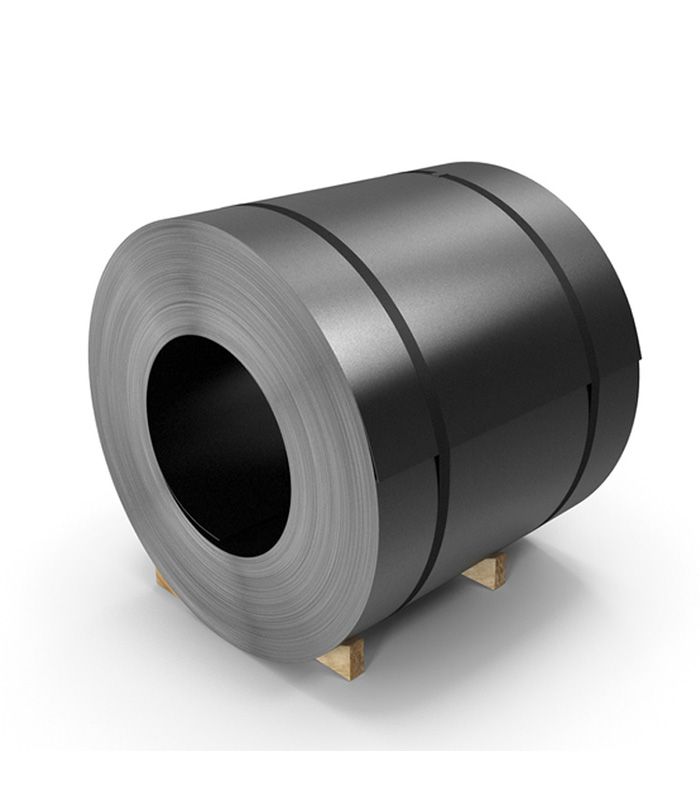Mar. 23, 2024
Steel is an essential material in various industries, ranging from construction to manufacturing. Two common methods used to produce steel coils are hot rolling and cold rolling. While both processes aim to shape steel into coils, they differ significantly in terms of their manufacturing processes, properties, and applications.
Hot rolled steel coil is a type of steel coil that is formed through the hot rolling process, where steel is heated above its recrystallization temperature and then passed through rollers to achieve the desired thickness and shape.

Cold rolled steel coil, on the other hand, is produced through a cold rolling process where steel is rolled at room temperature. This process results in a smoother surface finish and tighter tolerances compared to hot rolled steel.
Initial Heating: Steel ingots are heated above their recrystallization temperature, making them easier to shape.
Rolling: The heated steel is passed through a series of rollers to reduce its thickness and shape it into coils.
Cooling: The coils are cooled either naturally or through controlled methods to stabilize their structure.
Annealing: The steel is annealed to soften it and improve its ductility.
Rolling: It is then passed through rollers at room temperature to achieve the desired thickness and shape.
Final Finishing: Cold rolled steel coils undergo further processing, including pickling and oiling, to enhance their surface finish and prevent rusting.
Hot rolled steel coils have a rough surface finish due to the rolling process, which can include mill scale and other imperfections.
Related links:Cold rolled steel coils have a smoother surface finish compared to hot rolled coils, making them suitable for applications that require a high-quality surface finish.
Hot rolled steel coils have lower yield strength and tensile strength compared to cold rolled coils but are more ductile and suitable for structural applications.
Cold rolled steel coils have higher yield strength and tensile strength than hot rolled coils, along with improved surface finish and dimensional accuracy.
Hot rolled steel coils are commonly used in applications such as construction, welding, and manufacturing of railway tracks and automotive components.
Cold rolled steel coils are preferred for applications that require precise dimensions and a smooth surface finish, such as automotive body panels, appliances, and electronic components.
Hot rolled steel coils are generally more cost-effective than cold rolled coils due to their simpler manufacturing process and lower production costs.
Cold rolled steel coils are typically more expensive than hot rolled coils due to the additional processing steps involved in their production and the higher quality surface finish.
The cold rolling process imparts greater strength and durability to steel coils, making them suitable for applications that require higher mechanical properties and dimensional accuracy.
Cold rolling generally consumes less energy and produces fewer greenhouse gas emissions compared to hot rolling, making it a more environmentally friendly option.
In conclusion, hot rolled and cold rolled steel coils differ significantly in their manufacturing processes, properties, and applications. While hot rolled coils are more cost-effective and suitable for structural applications, cold rolled coils offer superior surface finish and dimensional accuracy, making them ideal for applications that require a high-quality finish.
Previous: Key Considerations to Keep in Mind When Choosing a Running Shoe
Next: The Ultimate Guide to Color Coated Corrugated Steel Plate
If you are interested in sending in a Guest Blogger Submission,welcome to write for us!
All Comments ( 0 )